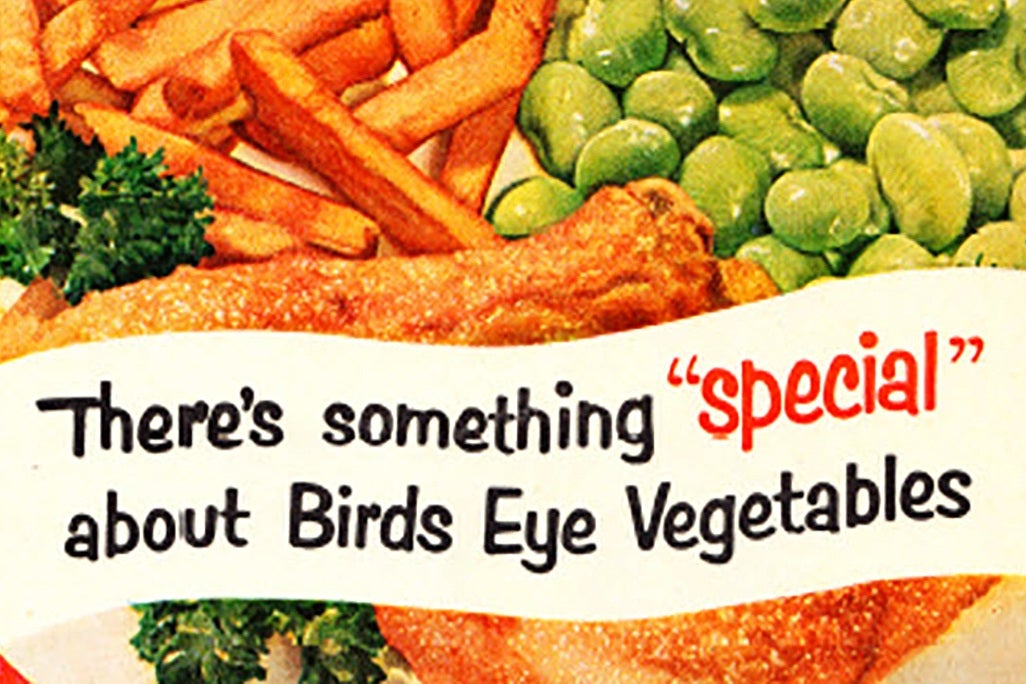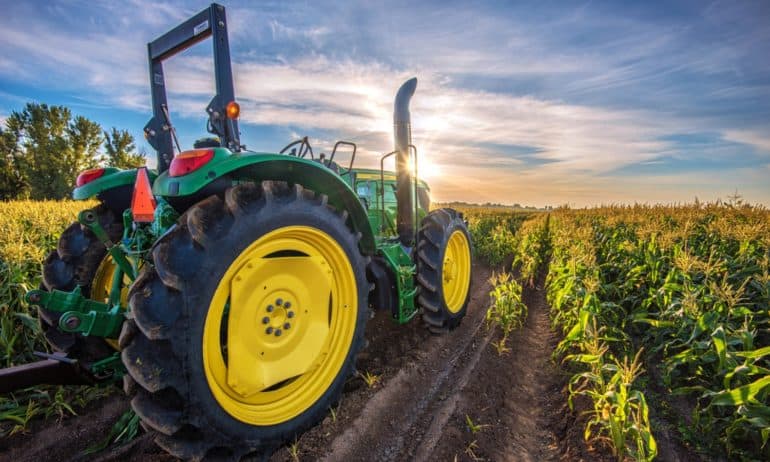In our two-part blog series, we follow the cereal supply chain to explore the key risk areas for food contamination.
Part one: from farm to arrival at the food processing plant.
Cereals are major sources of food, food ingredients and animal feed, and every member of the supply chain – from farmers and food processors to distributors and supermarkets – needs to ensure these products stay safe and free from contamination.
The use of cereals is widespread, not only in breads, breakfast cereals, pasta, snack foods, pastries and cakes but also in sauces, thickeners, batters and sweeteners. But there are multiple points along the supply chain where raw food products such as wheat, barley, rye, oats, millet and corn can become contaminated. If contamination does occur, any subsequent foodborne illness can be widespread.
Such contamination can lead to spoiled ingredients and poor quality food products, loss of supplies, financial loss and loss of business reputation. But more seriously, it can result in humans being infected with foodborne illnesses, which, in the most serious cases, can lead to death, and affect the economies of countries around the world.
Impact on health
Chemicals, pesticides, fungi, parasites, bacteria and viruses can all cause food poisoning and, according to a World Health Organisation (WHO)
report, one in ten people globally fall ill every year from eating contaminated food. While most recover with no lasting effects, for others it can be far more serious, and some 420,000 will die from their illness. Of those deaths, 125,000 will be children.
Aside from the human cost, the financial impact on countries around the world is vast, with reports claiming the loss to the American economy alone as anywhere between
£77 billion and £152 billion a year.
Contamination during and after cultivation
Much of the contamination of cereals can be traced to the environment in which they are grown and farming practices. Dust, soil, air, water, rodents, insects, fungi and humans can all contaminate grains with microorganisms that lead to foodborne illnesses.
Cereals can also be contaminated by chemicals such as crop pesticides and cleaning chemicals used on storage containers. Improper storage of raw food products can also lead to contamination.
Types of contamination
Moulds
Contamination can occur as a result of mould growth which can spoil grain and lead to the production of harmful mycotoxins.
Environmental contamination
Increased moisture and temperature can lead to a proliferation of moulds and bacteria. Excessive rainfall can also increase the chances of mould growth. Soil may contain high concentrations of metals and other contaminants and water used to irrigate crops can spread microorganisms that cause
food-borne illnesses such as E. coli, Norovirus and Salmonella.
Rodents
Rats and mice attack crops, causing damage and infecting them with disease-causing microorganisms. They are known to carry more than
60 diseases, some of them life-threatening such as typhoid and leptospirosis. Besides eating produce,
rodents contaminate it with urine, faeces and hair and can create a fire risk by chewing through electrical cables in storage areas.
Insects and other pests
Beetles, ants, flies, moths, aphids, grasshoppers and slugs to name but a few can all damage crops, making them more susceptible to mould growth and reducing the quality. Insects, such as
cockroaches, can also carry and transfer harmful microorganisms.
Pesticides
It is important for producers to use permitted pesticides applied according to the manufacturer’s instructions. It is also the responsibility of businesses along the supply chain to ensure that the products they handle or process do not have unsafe levels of residual pesticide or have been treated with banned products earlier in the supply chain.
Contamination during grain storage
Storage of harvested grain can be a key point of contamination. If storage and drying conditions are not optimal, for example, storage containers contain old residues, then crops can become infected with moulds and fungi. Rodents can damage grain and insect infestations can occur. Adopting a
HACCP approach to grain storage can minimise or eliminate contamination.

Stored Product Insects are the world’s most expensive pest. Click here to find out why.
Cleaning
Storage containers, grain bins and equipment used for harvesting need to be cleaned regularly. Even small amounts of grain from previous harvests can increase the risk of insect infestation or mould contamination.
Old grain should be moved to separate bins, monitored for infestation and fumigated if necessary.
Any bins used for new grain should be vigorously cleaned and checked for damage, such as cracks or holes, and be repaired.
Areas around containers, such as perforated floors and ducts, also need to be kept clean and any dust or spills from previous grain stored needs to be swept or vacuumed up to discourage rats and mice.
If there are areas that can’t easily be reached producers need to consider fumigating and places where insects are likely to hide need to be cleaned.
Vegetation around grain silos, where rodents and other pests could find shelter, should also be removed.
Temperature and humidity levels
This can increase the activity of mites, insects, moulds and fungi if not monitored properly.
A cool grain storage temperature increases the length grain life, reduces germination loss, maintains the quality and reduces the risk of infestation.
A cool storage temperature prevents insects breeding and therefore cooling it immediately upon storage can reduce the risk of contamination.
Drying grain with hot air to a temperature higher than 40°C before cooling will also kill most insects in a day. Aerating grain to ensure a uniform air flow can help to reduce moisture levels, also reducing the risk of mould, sprouting or fungal growth.
Monitoring stored grain
Regularly checking grain stores, weekly or fortnightly, is vital to help spot and deal with any contamination. It’s important to check for insect infestations, signs of damage to the kernels and any rodent damage.
Pesticides
Pesticides for treating surfaces and the grain itself need to be applied correctly and legally, ensuring only approved chemicals are used, applied by trained personnel according to the manufacturer’s instructions.
Transport of grain for processing
Once harvesting and drying have taken place, cereals are often transported by trucks, ship or rail to processing plants. From dirty transport to the produce being open to the elements — the wind, rain, dust and debris — there are plenty of opportunities for contamination.
Sea
Grain is transported in bulk containers or bagged in standard containers. If those containers are not cleaned properly between shipments then old grain can remain, increasing the risk of contamination with mould.
Damp conditions, common at sea, can also increase humidity and the risk of contamination or lead to spoilage, mould growth or self-heating.
Particular attention should be paid to grains being transported from cold to hot regions because of temperature changes.
Inadequately cleaned containers can also result in insect infestation by weevils or grain moths, for example.
Different types of grains need to be kept separate from each other to avoid cross-contamination.
Road and rail
Just as with ships, grain transported by road or rail can become contaminated.
The remains of previous consignments and foreign matter all pose a risk, potentially harbouring insects which can contaminate grain.
If grain containers are not properly secured, debris and rodents can get in. Containers also need to be designed to minimise the risk of contamination from dust and fumes and to allow for adequate cleaning.




